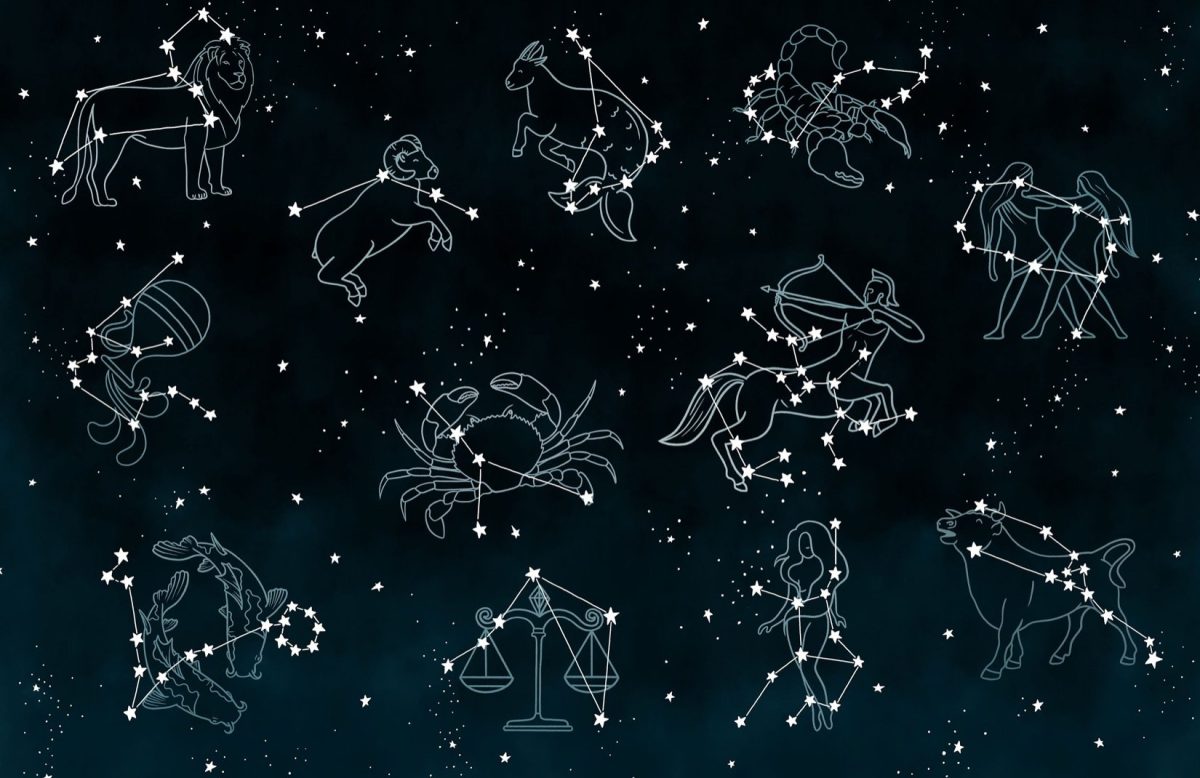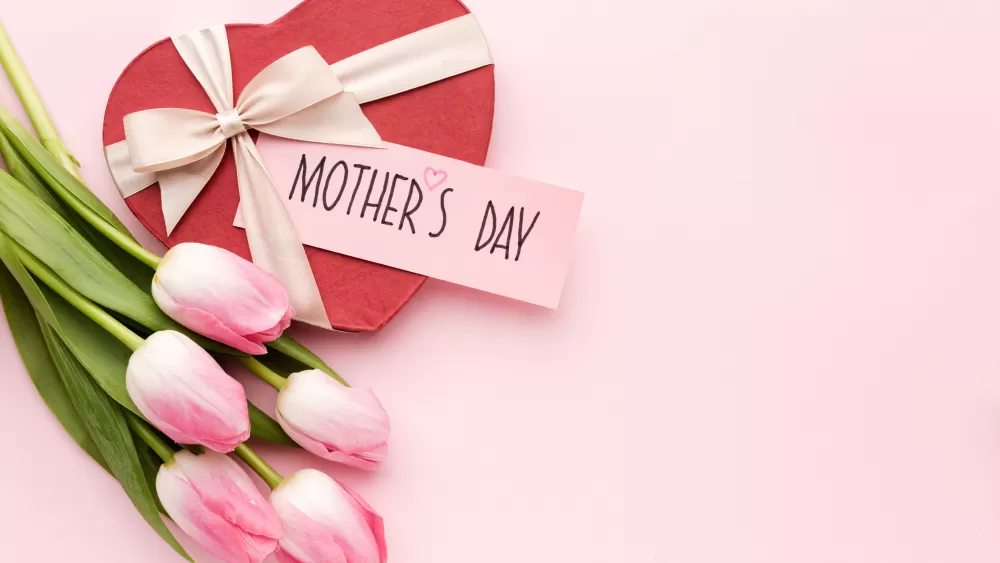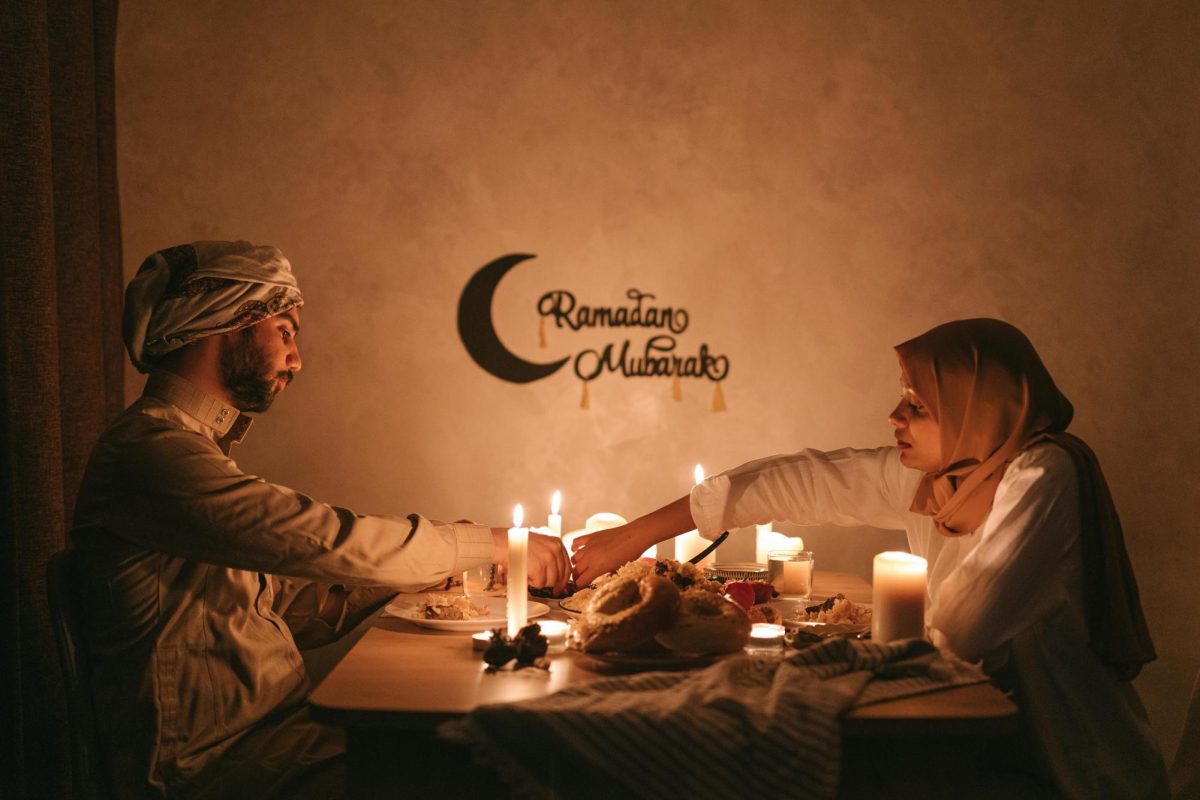
As 2024 comes to a smooth start and we’re reacquainted with the hecticness of our daily lives, we forget to truly acknowledge and appreciate the beautiful nature of the welcoming of the new year. We celebrate it for a day and a half, and then continue on. However, Oshogatsu, or Japanese New Year, embraces the start of the new year for multiple days in the month of January, and seeks blessings for health and happiness for all.
What is Oshogatsu?
One of the most important holidays in Japan, Oshogatsu is the period in which families come together to welcome in the new year throughout the month of January. Followed and preceded by multiple traditions, Oshogatsu begins with hatsuhinode, which is the first sunrise and is significant of the new year arriving. This is also significant of Toshigami arriving, or the New Year deity.
History
Oshogatsu’s history is rooted in ancient China and spread to Japan in the sixth century. Prior to as recent as the Meiji Period, the New Year would be based on the Japanese lunisolar calendar. However, during the Meiji Restoration, Japan adopted the Western calendar that we all know and January 1 was the day of the arrival of the new year.
However, the actual celebration of Oshogatsu dates back to the sixth century. The Hanami festival, or the cherry blossom festival, would be the method of celebrating the new year. This was significant because the cherry blossom represented the idea of renewal and starting fresh.
Throughout the holiday’s history people would practice different traditions, including decorating the house to invite good fortune. Some traditional decorations consist of pine and bamboo arrangements (kadomatsu). Other traditions include osechi ryori, or the Japanese new year meal; hatsuhinode, or the first sunrise; hatsumode, or the first temple visit; oosouji, or the Japanese New Year cleanse, and many more.
Traditions
Given that Oshogatsu is a rich holiday full of a multitude of festivities to welcome in the new year, the Japanese celebration offers a plethora of different traditions to reign in the new year.
First, Hatsumode is the first Buddhist temple or shrine visit to appreciate last year’s wellness and make wishes for the coming year. People often make wishes for health, safety, and financial luck.
Another key tradition of this holiday is the practice of Oosouji, which means “big cleaning” in Japanese, and is the custom of cleaning up the whole house at the end of the year. It derived from the Shinto ritual of cleansing the year’s dirt and being able to invite New Year’s God. In modern days, people do Oosouji to be able to spend New Year happily in a newly cleaned house.
Another tradition that many, especially children, look forward to annually is Otoshidama. Otoshidama is a monetary gift given to children by adults to celebrate the New Year. The ritual originally started in China and spread across other Asian countries including Japan. Children receive special envelopes with cash in them and decide how to use them throughout the year.
Finally, an Oshogatsu favorite for many businesses in Japan is Fukubukuro. Fukubukuro are lucky bags with assortments of random goods that are sold for a discount. While Fukubukuro benefits buyers by offering a variety of products at low prices, it also benefits stores as it is an easy way to sell off excess merchandise made in the previous year.
Special Food
While what’s typically eaten to celebrate this special occasion varies based on the region of Japan in which an individual resides, many Japanese individuals are quite familiar with the following dishes:
Osechi
Osechi is a three-layered special bento box typically eaten on the morning of the first three days of New Year. Each dish in the bento boxes symbolizes a hidden meaning relating to wishes for another great year. Here are some examples of food items and their meanings:
- Kuri-kinton (sweet chestnut paste): wealth
- Kuromame (black beans): health and work
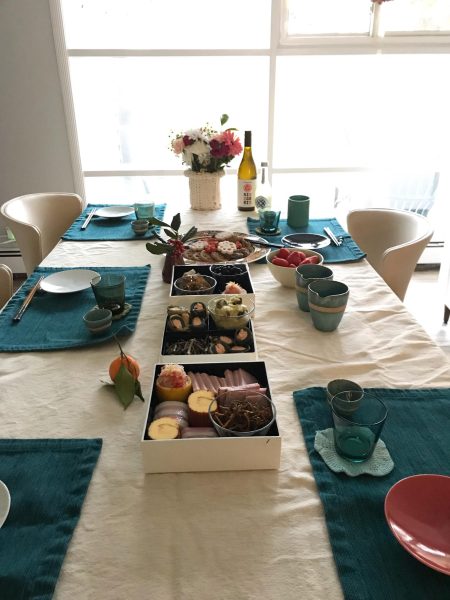
Sari’s Osechi Ryori set-up! - Kamaboko (fish cakes): joy and sunrise
Zoni
Zoni, or Ozoni, is a dashi-based soup that typically contains mochi and other vegetables and protein that may vary depending on the region. In the Kanto region, where Sari grew up, people put pieces of chicken, komatsuna (similar to spinach), carrot, and daikon radish in bonito broth.
Personal Messages
Sari:
Since this New Year might have been the last I could spend with my family, I learned how to prepare New Year dishes from my mother. Over the three days until New Year’s Day, I had a wonderful time standing next to my mother in the kitchen learning how to cook the cuisine that I had been savoring every year since childhood. To me, New Year is the time when tradition and heritage connect us all, allowing us to welcome happiness, luck, and even the challenges that await us in the upcoming year.
Maia:
I’ve been raised in the states throughout my entire life with a limited Japanese heritage, given that I’m only partially Japanese. However, I was also raised with an immense Japanese influence in my household. Oshogatsu would be one of the main ways that I would connect with my Japanese background every year. I would watch my mother and grandmother prepare a plethora of different Oshogatsu specialties that would create a lifetime of memories for me. To me, New Year is a time of reflection and improvement, as well as celebrating who I am.
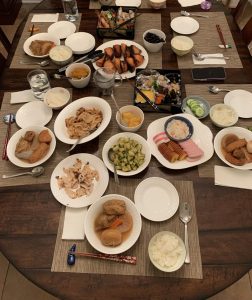
In conclusion, Oshogatsu is a celebration of traditions, wishes, fidelity, and future possibilities. Representing a time of reflection and renewal, Oshogatsu never fails to serve as a gentle reminder of reconnecting with the rich past of Japan, reconnecting with ourselves, and appreciating the blessings within our hectic lives. Oshogatsu preserves the essence of Japanese culture, and sets the stage for a brighter tomorrow. If you celebrate, we hope you enjoy your Oshogatsu celebration, and if you don’t, we encourage you to learn and engage in the beautiful festivities that this holiday has to offer!



































